Review
Škoda’s flagship model has matured into one of the most desirable cars in the upper-medium sector.
The first generation in the current Superb line (the badge has appeared on Škodas in the distant past), was perhaps an oddity. Technically similar to the Volkswagen Passat, its long wheelbase liberating space not found anywhere else in the class, it seemed to be favoured by savvy private buyers as well as minicab firms.
The second generation Superb was more sophisticated, a car that could comfortably compete with the Ford Mondeo and Vauxhall Insignia on ability, value and image. And, of course, it had them beaten for space and comfort.
The third generation model is tasked with competing in a sector where mediocrity no longer exists and falling sales have rooted out those less desirable models.
Like the latest Volkswagen Passat and the Škoda Octavia, the Superb uses component sets from Volkswagen Group’s MQB platform and, as a result, despite the car growing slightly, it weighs in at up to 75kg lighter than its predecessor. Some of that weight saving must be in changing the previous dual-purpose tailgate/boot for a more conventional hatch-only mechanism, although Škoda’s designers have managed to retain the elegance of a saloon in the styling.
Although the new model is only 28mm longer than its predecessor, the wheelbase has increased by 80mm, making an even more spacious cabin. Rear-seat leg-room is unchanged but there is more headroom and shoulder room thanks to the increased dimensions. The boot will also swallow more luggage than before.
The new, cleaner look emphasises the Superb’s extra width and helps give it greater presence on the road.
The Superb benefits from new engine technology. Most fleets will be keen on diesel versions, and a new 1.6-litre offers 120hp with CO2 emissions from 105g/km. A Greenline version will follow offering 95g/km. There is a choice of 150hp and 190hp 2.0-litre diesel variants, with front-wheel drive manual models achieving less than 110g/km.
Interestingly, all of the 1.4-litre TSI petrol models have CO2 emissions below 130g/km, while the 150hp version has ACT cylinder deactivation, producing CO2 of 115g/km for the manual and 117g/km for the DSG automatic. It saves fuel by running on only two cylinders when coasting.
We drove the 150hp 2.0-litre diesel with the six-speed manual transmission, plus some other variants for comparison. For example, the 150hp diesel felt just as quick as the 190hp model fitted with four-wheel drive and DSG gearbox.
The Superb offers impressive comfort and the experience feels worthy of a car with a premium badge on the bonnet. The interior feels more crafted than mass produced and, although our test cars were medium and top equipment grades, the fit and finish has a true high-end quality. Engine refinement is also as good as anything else in the class and, apart from a little road noise intrusion, the cabin is a exceptionally quiet.

The steering is precise, but there is a rather artificial feel to it. Most drivers probably won’t notice though.
The ride quality has a slightly firm bias, although most drivers will accept this as the trade-off for sharper responses. Those able to splash out on the optional dynamic chassis control can select a comfort mode for the dampers, creating a more supple feel over bumps.
There are five equipment grades at launch: S, SE, SE Business, SE L Executive and Laurin & Klement, and all models feature alloy wheels, air conditioning, LED rear lights, Bluetooth and digital radio as standard. SE adds larger 17-inch alloy wheels, dual-zone air conditioning, rear parking sensors, a larger touch-screen interface and SmartLink. Choose the (diesel-only) SE Business for standard sat-nav, Alcantara trim, front parking sensors, drive mode selection (eco, normal and sport) and electric parking brake. From 2017 this variant will also come with ‘phone box’ featuring wireless charging.
SE L Executive has 18-inch alloy wheels, bi-xenon headlamps, heated front seats, sat-nav and upgraded touchscreen. The range-topping Laurin & Klement has a premium audio system, heated windscreen, tri-zone climate control, blindspot warning, lane assist, park assist, TV and dynamic chassis control. All models are available to order now, with deliveries from September.
The Superb stands out as a great choice for Passat-style quality, with arguably more attractive styling, more space and equipment. A great choice for fleets and sure contender for best in class.
Author:
Simon Harris
Specs
| Manufacturer | Skoda |
| Model | Superb |
| Specification | Superb Hatch 5Dr 2.0TDi 150 DPFR SS €6 SE Technology 6Spd 18MY |
| Model Year | 0.00 |
| Annual VED (Road tax) | £0 |
| BIK List Price | £23,950 |
| CO2 | 112g/km |
| BIK Percentage | 27% |
| Insurance Group | N/A |
| CC | N/A |
| Fuel Type | Diesel |
| Vehicle Type | Large family car |
| Luggage capacity (Seats up) | 5litres |
Running Costs
| P11D | £23,950 |
| Insurance group | N/A |
| Fuel Type | Diesel |
| Cost per mile | 62.89ppm |
| Fuel | 8.35ppm |
| Depreciation | 52.43ppm |
| Service maintenance and repair | 2.11ppm |
Info at a glance
-
P11D Price
£23,950
-
MPG
65.7 -
CO2 Emissions
112g/km -
BIK %
27% -
Running cost
3 Year 60k : N/A 4 Year 80k : N/A -
Fuel Type
Diesel

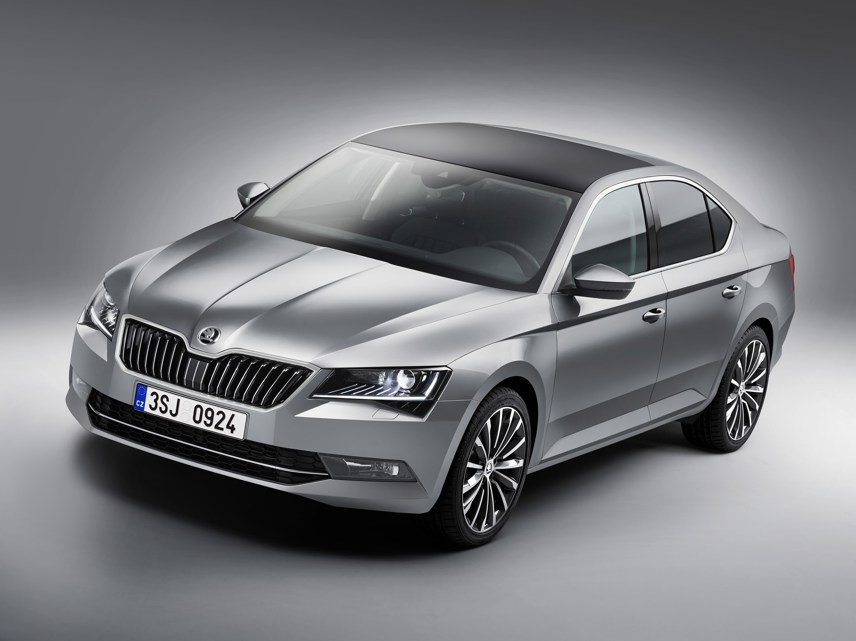
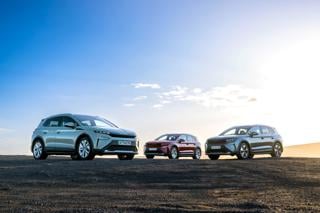
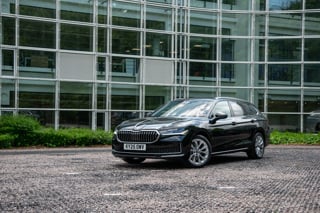
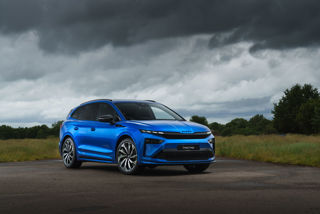

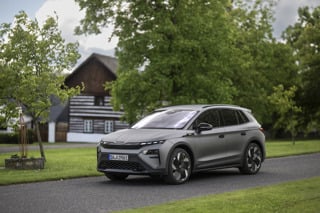












Login to comment
Comments
No comments have been made yet.